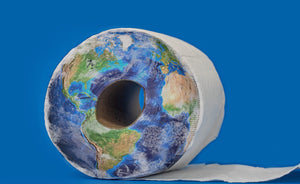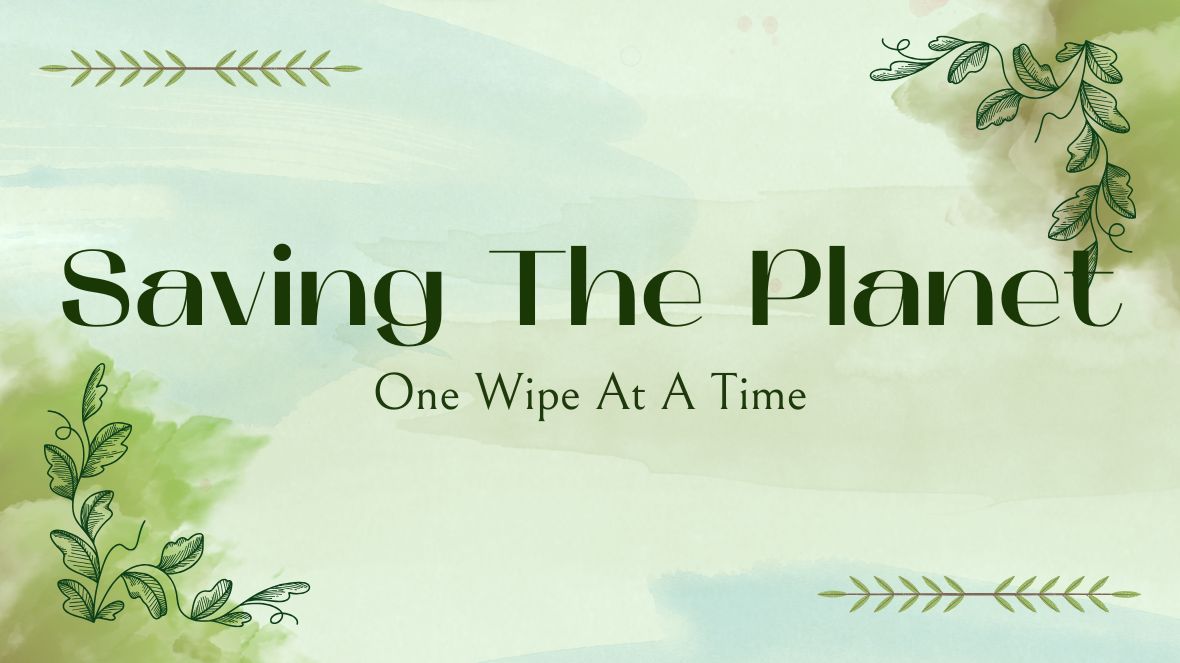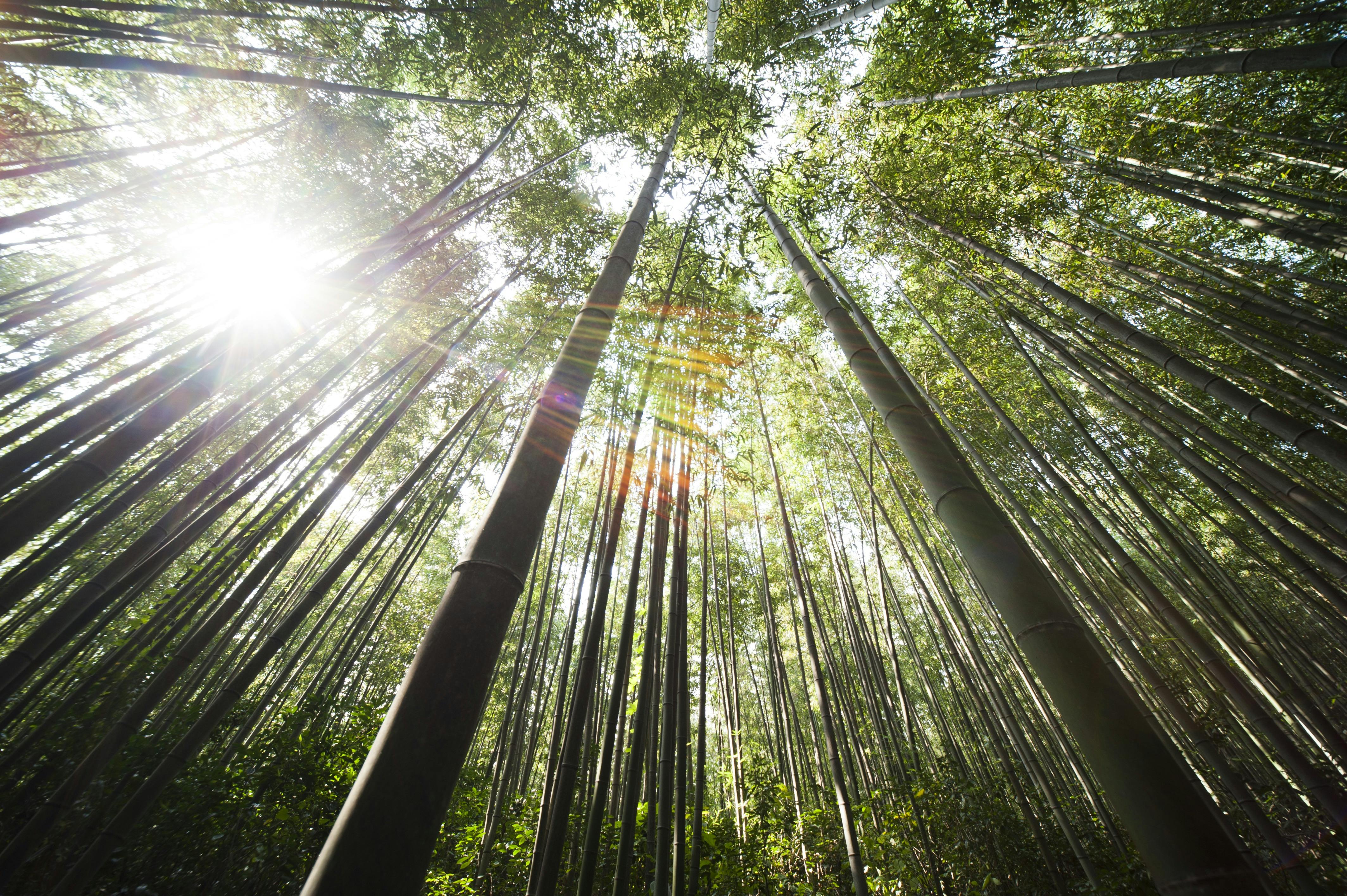- How to choose paper products to protect forests
- Eco toilet paper in a black wooden box
- Environmental Trap
- After use
- Recycled toilet paper
- Bisphenol A Contamination
- Pre-consumption and post-consumption recycling content
- Be careful with the Bleach
- Which is better?
- About Lovely Poo Poo
Experts need not be aware that cutting down forests for disposable paper products is a bad environmental practice -- especially when a small amount of the product is flushed down the toilet thousands of times per second.
According to a 2019 natural resources defense council report titled "The toilet paper problem,"the United States leads the world in toilet paper consumption, with the average American consuming 28 pounds of bamboo toilet paper a year. That means 141 volumes each, totaling nearly 50 billion volumes, most of them from Canada’s boreal forests, home to entire populations of caribou, lynx and moose, not to mention about 600 indigenous communities. What’s more, these trees play an important role in absorbing and storing geothermal carbon, which is quickly released back into the atmosphere when forests are cut down.
For years, the NRDC has been urging consumers to switch to greener alternatives -- recycled or bamboo toilet paper.
How to choose paper products to protect forests
The best way to ensure that your paper products are sourced responsibly is to see their environmental credentials. The Forest Stewardship Council (FSC-RRB- certifies gold standards to ensure that products "Derive environmental, social and economic benefits from the responsible management of forests."
It can also be used in bamboo products. The FSC’s "Didi Shu"logo is probably the most widely recognized in the paper industry.
The Sustainable Forestry Initiative also offers certification, but it is not as stringent as the FSC’s, according to past reports on Glam and greener options.
Bamboo toilet paper
Eco toilet paper in a black wooden box.
The choice of bamboo as a treeless toilet paper is rapidly gaining attention. Bamboo paper products are made in much the same way as regular paper -- plants are broken down into fibers and turned into pulp, which is then pressed and dried -- but conifers typically take a year to grow a foot, and bamboo can grow in an hour. In fact, it’s the fastest growing plant in the world. It’s not fussy about where it grows.
Bamboo crops can thrive in all climates. They take up less space than the boreal forest and do not require post-harvest replanting or the use of fertilizers or pesticides. According to the NRDC, bamboo products emit 30 percent less than virgin fiber products.
Environmental Trap
This is not to say that bamboo is a perfect solution. In its 2019 report, the NRDC noted that hardwood forests are now being destroyed to make room for bamboo plantations, so it is important to buy only bamboo products that are FSC certified. Most bamboo is imported from Asia, which adds to its environmental impact.
After use
Bamboo toilet paper is generally 100% biodegradable. It breaks down naturally, much faster than normal or recycled varieties, some of which may take years to fully decompose. Compared with traditional toilet paper, bamboo toilet paper’s quick dissolving characteristics make it safe for septic tank and not easy to block the system.
Recycled toilet paper
Unwrapped toilet paper in Carton
Recycled toilet paper is made by soaking paper scraps in warm water, inflating the mixture to remove ink, bleach and disinfect it, and then pressing it dry, much like traditional toilet paper. According to the NRDC, less water and energy and less air and water pollution are needed to recycle paper into bathroom paper than to make it from wood. however, consumers should be aware of misleading marketing statements and potential chemicals.
Bisphenol A Contamination
Most recycled content is thermally coated -- think glossy paper for receipts, lottery tickets and shipping labels. Thermal paper contains bisphenol A, also known as BPA, which has been found in recycled toilet paper. A study examining levels of BPA in paper products found that skin absorption of the toxin had a smaller impact on health but a greater impact on the environment than exposure through consumption (linked to infertility, high blood pressure, etc.) .
When paper containing BPA is flushed down the toilet, it can damage the reproductive systems of aquatic wildlife, creating an intergenerational chain reaction that could change the ecosystem forever.
Pre-consumption and post-consumption recycling content
In the toilet paper industry, "Recycling"has become a vague, misunderstood and unregulated term for greenwashing. The NRDC states that a product can be marked as 100% recycled, even if less than half is made from recycled ingredients. The rest is "Manufactured waste"or pre-consumer recycling, which according to the environmental protection agency comes from "Waste generated after the paper-making process is completed". In other words, recycled content before consumption is an unused by-product of the paper itself.
The EPA recommendation contains at least 20 to 60 percent of the contents of recycled toilet paper after consumption.
Be careful with the Bleach
Toilet paper is bleached not only to make it shine, but also to make it softer. Historically, popular bleaching methods have involved elemental chlorine, a chemical that produces dioxins by-products. This highly toxic, cancer-causing compound damages the immune and reproductive systems of humans and contributes significantly to the catastrophic global collapse of bird species.
The NRDC says the use of elemental chlorine has largely been phased out, but toilet paper labeled ECF (chlorine-free) still releases elemental chlorine into the air and water. When buying any kind of toilet paper, look for the PCF (chlorine-free process) tag -- which means it has been bleached using less toxic methods -- or, better yet, the (completely chlorine-free) tag TCF.
Which is better?
While bamboo is said to be softer and healthier for the skin, the NRDC says recycled toilet paper is currently less harmful to the environment. This is because bamboo -- very resilient, self-growing and low maintenance -- is often planted on deforested land because it, unlike hardwood, does not promote biodiversity, and because it is most often imported from China, the bamboo capital of the world. While the FSC does have a bamboo-centric certification designed to ensure sustainable practices, the validity and validity of the certification has been criticized because bamboo is grass and not a tree.
In the NRDC’s "With organizational issues"report,the major toilet paper brands are based on pre-consumption and post-consumption recycled sdcontent,and the percentage of FSC certifications and bleaching process scorecards.
Lovely Poo Poo obtained a contains about 80% to 100% of the recycled material after consumption and is bleached using a chlorine-free bleaching process.
About Lovely Poo Poo
Lovely poo poo bamboo Toilet paper is made from sustainably sourced bamboo certified by the Food Safety Commission. In addition,it is considered for women because it does not contain the harsh ingredients commonly used to make traditional TP, such as formaldehyde and chlorine bleach.
This environmentally friendly toilet paper really deserves a bamboo toilet paper holder. Without chemical treatment, it retains its natural softness, color and strong structure. In addition, because it contains no chemicals, the lovely poo poo organic toilet paper is perfectly safe, even for children and people with different allergies. The main features of lovely poo poo bamboo toilet paper are:
Can be used for all types of skin, even sensitive.
Fully biodegradable and septic tank safe.
Eco-friendly, no trees for production.
No plastic, no Paraben, no chemicals, no fragrance.







